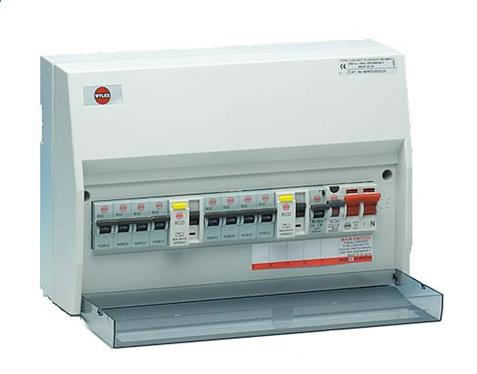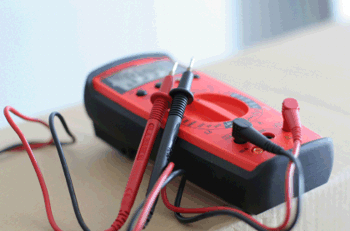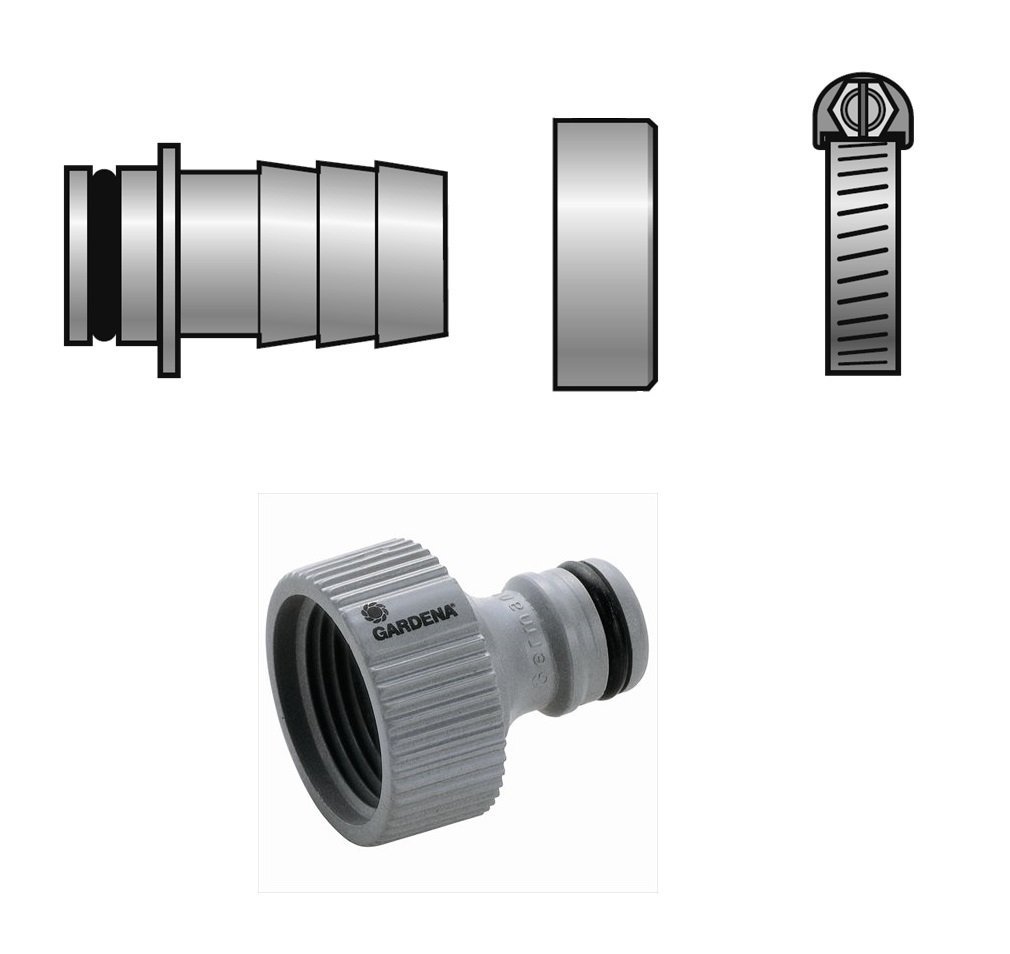 Setting up / decommissioning information
Setting up / decommissioning information
 Setting up / decommissioning information
Setting up / decommissioning information
Ensure you have read the operating manual before use and follow all safety instructions
Kränzle pump and transmission components last and will operate for significantly longer when operated in the correct position.
> If your machine has two wheels: it should not be stood up-right to operate, but laying down
(with the exception of the: Quickly and X series machines).
> If your machine has no wheels, or four wheels; use it in the natural standing position.
- Moving parts are better lubricated when in the horizontal position.
- There is less risk of damage if 'knocked' over.
> Location set-up of my high-pressure cleaner
Neither set-up nor operate a high-pressure cleaner in an area or room where there is a risk of fire or explosion. Do not place the machine in water, or where it may get heavy spray-back, nor try to operate it under water.
In case of increased humidity and temperature fluctuations the development of condensation within the oil casing is possible; if the level now reads higher than 'okay' or if using regular oil and the oil is thick and dark grey in colour : an oil change is advisable. It is good practice to check the oil level and quality every day before use.
> Setting up information
1. Each time check oil level at the oil dipstick prior to putting the high pressure cleaner into operation.
(Take care that cleaner is in its usable designed position!) Oil level must reach until the upper edge of marking "OK“.
2. For high-pressure cleaners with hose drum it must be uncoiled completely. For high-pressure cleaners without hose drum the high-pressure hose included with the high-pressure cleaner must be screwed with the pump outlet in a tight and pressure tight manner. Unwind fully the high-pressure hose, as straight as possible and without nooses/kinks
3. Mount the grey rotating screw connection of the high-pressure hose onto the trigger gun incorporating a safety catch.
Afterwards screw together ensuring a snug and pressure-tight fit
4. First pull back the retaining sleeve of the safety trigger gun, then insert lance into the plug coupling sconnection of the safety trigger gun
5. After insertion of the lance, release retaining sleeve and make sure that the lance is in a secure position.
Grease quick release nipple regularly using acid-free grease
6. Check water inlet filter for cleanliness prior to putting the high-pressure cleaner into operation.
Manually unscrew plug-in coupling. Take out the water inlet filter using needle nose pliers and thoroughly rinse it with clear water and clean it with the other parts.
Models suplied with clear filters do not neccesarily need to be removed to be inspected. If the sieve is dirty, water can not get through and pressure will not build up
7. Connect water hose to water inlet (minimum requirement; cross-section ¾", maximum length: 5 metre hose length). The high-pressure cleaner may be connected to a water mains (1-10 bar pre-pressure) with either cold or hot water (up to 60 °C)
8. Connect to sufficient power source, making sure to switch it on if required after plugging in
9. Switch on high-pressure cleaner with opened safety trigger gun. : Pull and release trigger of safety trigger gun of the high-pressure cleaner several times if required to help draw water in and clear all the air out of the line. Start cleaning task
> Decommissioning information
1. Switch off the high-pressure cleaner
2. Shut off the water supply
3. Open the safety trigger gun catch briefly until the pressure is released
4. Apply safety catch on the trigger gun
5. Remove safety trigger gun
6. Drain/Empty high-pressure pump (and water tank if applicable) of water: Hold high-pressure hose and switch motor on until water jet stops escaping at the outlet.
7. Switch the socket off & remove the plug from the socket
8. (Models without hose-reels): Remove high-pressure hose. Clean high-pressure hose and wind up without loops
(Models with hose-reels): Clean high-pressure hose and wind up without loops
9. Clean and wind up the power supply cable
10. Clean the water inlet sieve
11. Store high-pressure cleaner in frost-free room during winter
 Electrical set-up information
Electrical set-up information
 Electrical set-up information
Electrical set-up information
Ensure you have read the operating manual before use and follow all safety instructions
Kränzle pressure washers use industrial grade induction motors and will not run properly on DIY type cable reels or other sources of power with insufficient output. Kränzle high-pressure cleaners are supplied with either a 5 or 7.5 metre cable;
If you need to use an extension cable it must have an inner cross section of 2.5mm² cable, (not the outer cable diameter) and to be rated for the requirement of the pressure washer.
Always fully un-wind any extension cable used - never un-wind only as much as you need
> Final preperations
When you have your gun, lance and hose connected to your machine, a water supply connected, and the electric cable plugged in and in the on position. The "on/off" switch of the machine will start the motor; machines with TS (Total-Stop) facility will turn on in 'standby mode' until you squeeze the trigger gun.
> Electrical thermal overload protection
Either the On/Off switch of the device has a thermal trip in it to help protect the motor or a thermal trip will exist within the machinery.
If the main on/off switch returns to the 'off' position by itself during use. Allow at least 10 minutes before switching it back on, enough time for the machine and switch to cool down.
(Note: High-pressure cleaners with delayed shut-down will automatically turn "off" after a 20-30 minute period of in-activity)
> Fuses in high-pressure cleaners
Kränzle high-pressure cleaners use industrial grade induction motors which may struggle to run properly if used with DIY type cable reels, if other electrical equipment is also being used on the same power source, or if the wiring is not of substantial quality.
All Kränzle professional (230 volt) high-pressure cleaners supplied through an approved Kranzle UK supplier are fitted with an 'easy-start', or 'soft-start' feature, dramatically reducing the starting amperage resulting with almost no start-up issues.
*It is possible to retro-fit this feature for older professional models using kit K490411.
> Generator Advice
The wide range of power, intake / out-put figures, kVA, kW and Horse-Power and other variances between even similar generators varies so much.
Exclusively and only owing to feedback of real-life users of our high-pressure cleaners.
THERE IS NO OFFICIAL RECOMMENDATION OR MANUFACTURER GUIDANCE
Real-life users of our equipment suggests that:
The smaller Kränzle portable 7/122 or 7/120 machines require around a 3.5 kW generator;
Most other single-phase Kränzle machines generally require around a 5.5 kW generator.
Single-phase Kränzle therms tend to require a bit more power, and an absolute minimum we've heard being used is around 6.5 kW generator.
It is strongly advised to disable the TS function by removing the pressure switch and replacing it with 'blanking part', order number: 44551; when primary use is with a generator or invertor
> Good air ventilation is important!
> Operate only at the maximum or lesser operating pressures of your device!
> Easy-start / soft-start kits can be retro-fitted to existing Kränzle high-pressure cleaners!


 Water set-up information
Water set-up information
 Water set-up information
Water set-up information
Ensure you have read the operating manual before use and follow all safety instructions
> Water availability
Always test the available water supply by running your hose into a measured container for one minute to make sure there is at least 10% more water flowing from the end of your hose where you connect it to your machine more than the machine's water output.
Always use as short as possible length of inlet hose to supply the machine water.
Longer lengths than 3 metres causes a drop in volume of water available at the furthest end.
If your water supply hose is kept on a reel - it is imperative to fully un-wind all of the low-pressure hose from the reel, failure to do so results with less water avaialable at the end of the hose where it is needed most of all.
It is better to use extenstion lengths of high pressure hose We have tested extension lengths of high pressure hose up to an additional 100 metres (110 metres total) with minimal pressure drop at the nozzle of just 25%, with only 10% drop noted using an extra 50 metres (60 metres total) of high pressure hose.
The only advice/caution with this, is that the shock wave of water in the hose which actuates the by-pass and total-stop system of machines might fade and get 'lost' by the time it reaches them; meaning the pump will continue to pump against a closed trigger gun (the safety by-pass unloader will activate, dumping the pressure: but adds additional non-usual strain and wear to components that would otherwise be expected to last longer.
> Water fittings
There are two water connection fittings supplied with your Kränzle pressure washer:
> As standard a Gardena Hozelock connection is supplied and fitted to most machines for immediate use straight out of the box when the water supply hose is connected to a tap.
If you plan to use your pressure washer on suction you must use the 'cap & liner' type.
Note that Gardena hozelock fittings require a degree of water pressure to form and keep a seal; using a 'push' only fitting when drawing water from a tank, or container, may allow air to be drawn in by the pump with your water supply, causing damage.
> A Kränzle Cap & Liner fitting, including a jubilee clip is also provided in the box.
We strongly suggest that you use the 'cap & liner' type fitting supplied which cannot fall away and allow for air to be draw in with the water supply.
Cap & Liner fittings should always be used if the device is drawing/sucking from a tank
Never use a hose fitting with an 'Auto shut-off' function, these do not work well with pressure washers and can cause damage.
It is possible to draw water in to the pump from a water tank.
It is impossible for one water tank to feed another without adequate water pressure, but a simple and quick conversion can be made for appliances with an integrated reservoir.
> Always ensure sufficient water is available!
> Use the correct connection type!
> Extend only the high-pressure hose, rather than both electric cable and water pipes!



